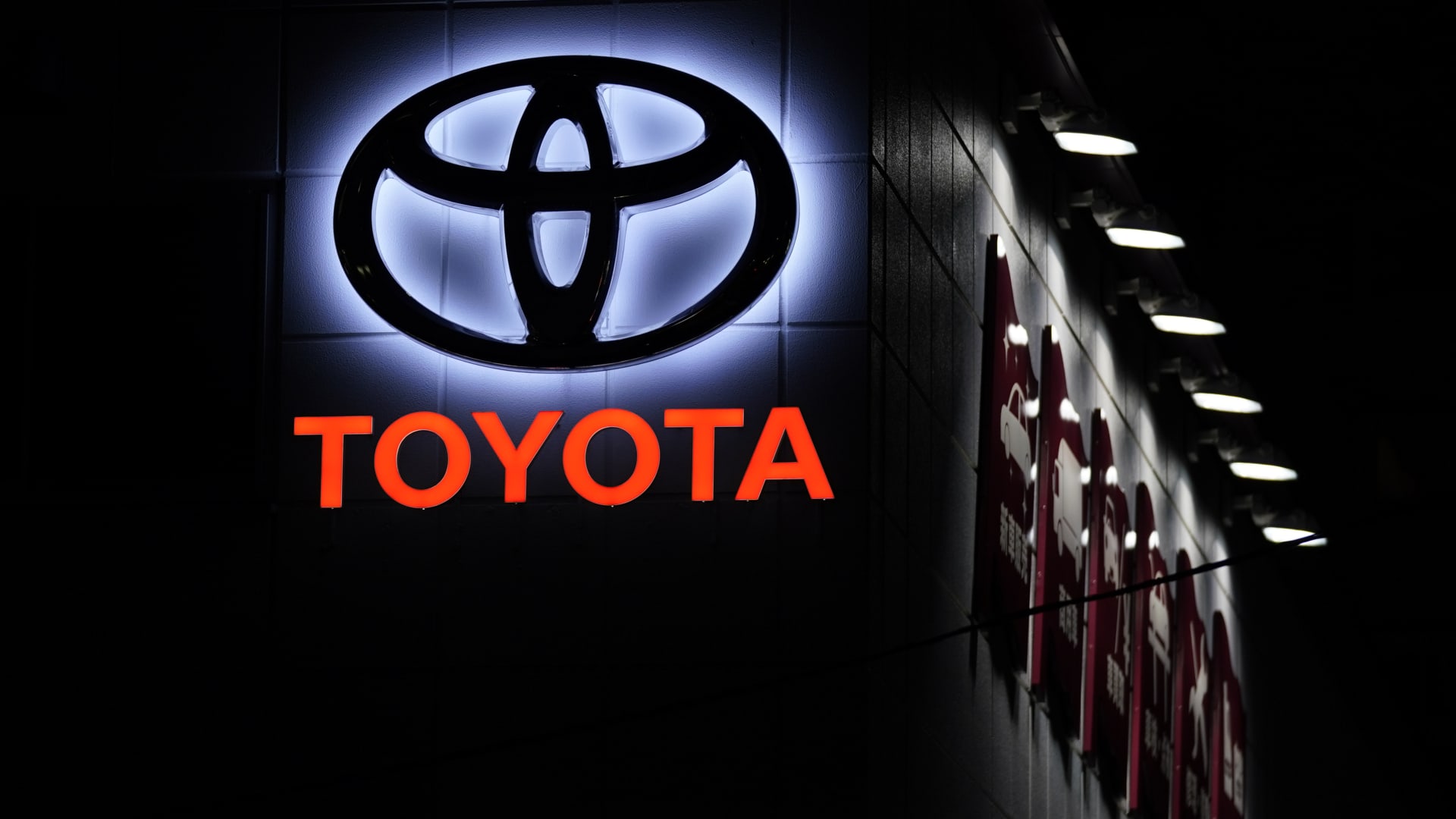Automotive giant Toyota said Wednesday it would invest an extra $2.5 billion in a U.S. facility that will manufacture batteries for both hybrid electric and battery electric vehicles.
Toyota Battery Manufacturing North Carolina is set to start operations in 2025, with the firm stating that total investment in the plant will now amount to $3.8 billion.
Norm Bafunno, who is senior vice president, unit manufacturing and engineering at Toyota Motor North America, said the announcement marked “another significant milestone” for the business.
The additional investment in the U.S. is part of a wider investment of up to $5.6 billion in battery production, with Toyota noting that demand for battery electric vehicles was growing.
To this end, the business said it would aim to ramp up “combined battery production capacity” in the U.S. and Japan by as much as 40 gigawatt hours.
As well as diesel and gasoline vehicles, Toyota is known for its hybrid and hydrogen fuel cell offerings. It is also attempting to make headway in the increasingly competitive battery-electric market, where firms like Tesla and Volkswagen are jostling for position.
This has not been without its challenges. In June 2022, Toyota issued a safety recall for more than 2,000 of its all-electric SUV, the bZ4X.
Toyota may be looking to invest billions in EV battery production, but on Wednesday the business stressed it would also “continue to make every effort to flexibly meet the needs” of customers “in all countries and regions by offering multiple powertrains and providing as many options as possible.”
Indeed, the website of Toyota Europe states that the “internal combustion engine continues to be the most popular means of powering vehicles and it will continue to play a role for the next 20 to 30 years.”
All the above comes at a time when major economies are laying out plans to reduce the environmental footprint of road-based transportation.
Just this month, the California Air Resources Board approved a rule that will require all new car sales in the state to be zero emission by the year 2035.
Elsewhere, the U.K. wants to stop the sale of new diesel and gasoline cars and vans by 2030. It will require, from 2035, all new cars and vans to have zero-tailpipe emissions. The European Union — which the U.K. left on Jan. 31, 2020 — is pursuing similar targets.
According to the International Energy Agency, electric vehicle sales hit 6.6 million in 2021. In the first quarter of 2022, EV sales came to 2 million, a 75% increase compared to the first three months of 2021.
